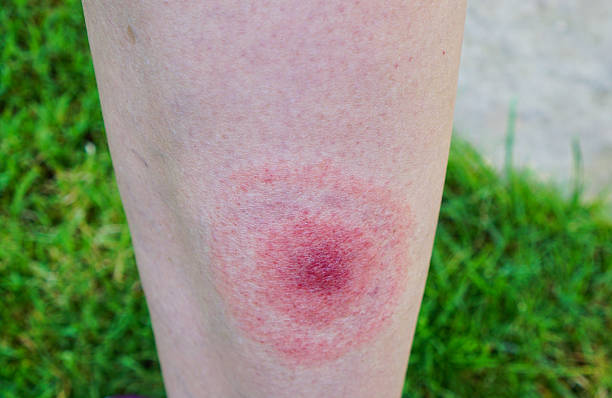Cushing’s Disease in Dogs
Cushing’s disease in dogs can be triggered by high steroid levels in the body. This hormone is released by the pituitary gland, which sits at the base of the brain. It tells the adrenal gland to produce cortisol. However, a small growth on the pituitary gland or on the adrenal gland can cause Cushing’s disease in dogs.
What triggers Cushing’s disease in dogs?
The symptoms of Cushing’s disease in dogs are the result of excessive levels of cortisol, the body’s main stress hormone. It usually affects older or middle-aged dogs. Some breeds are more susceptible to the disease, such as Poodles and Dachshunds. Cortisol affects every system in the body, including digestion, blood sugar levels, and inflammation. When it’s excessive, it causes system imbalances.
Some symptoms of Cushing’s disease in dogs include excessive thirst and urination. These symptoms may require you to refill the water bowl or take your dog outside more frequently. Other signs include abdominal swelling, which makes the dog’s belly sag. Your dog may also be restless and exhibit signs of weakness. Infections are also common in dogs with Cushing’s disease.
How long can a dog live with Cushing’s disease?
There is no single treatment for this disease, but some medications can help control the symptoms and lengthen the dog’s life. These drugs may have side effects, and you should discuss them with your vet before starting a medication. Your vet may also do several tests to determine the exact cause of your dog’s condition. For example, he may perform an ACTH stimulation test, which will measure the amount of cortisol in your dog’s body. He may also perform an ultrasound to see if there are any tumors on the adrenal glands. Once the exact cause of your dog’s disease is determined, your vet can begin treatment.
The life expectancy of your dog is likely to vary, but overall, dogs with this condition can live for two to five years. If you detect the condition early, the life expectancy is much higher. In most cases, the disease is treatable, and your dog can continue to live a normal, happy life.
Why do dogs with Cushing’s Lick?
When dogs experience stress, they often respond by licking the floor or sofa to release endorphins. They may also lick as a form of submission, to show affection or to get attention. If you notice your dog licking excessively, it’s worth taking them to the vet.
A veterinary doctor can perform a variety of diagnostic tests, including an ACTH stimulation test to check the function of the adrenal glands. Another diagnostic test is an ultrasound of the abdomen to detect a tumor. Both of these tests are not 100% accurate and can show abnormal results in dogs with any illness. If the symptoms and signs are consistent with Cushing’s disease, your veterinarian can then recommend a course of treatment.
Treatments for this disorder can include various medications and non-medicinal approaches. These can be used as stand-alone remedies or in conjunction with medications. Non-medicinal options are typically recommended when your dog’s excessive licking is caused by another problem, such as boredom, stress, or anxiety.
What kills a dog with Cushings disease?
Cushings disease is caused by an overproduction of the stress hormone cortisol in the dog’s body. This hormone plays an important role in the fight or flight response and must be controlled with medical treatment. In some cases, the disease may be caused by a tumor in the pituitary gland, located at the base of the brain. This tumour can interfere with the function of the adrenal glands, leading to the overproduction of cortisol.
Treatment options include surgery to remove the tumor and pituitary gland or radiation to shrink the tumor. Both of these treatments have risks, and surgery is usually reserved for the most advanced cases. Aside from surgical procedures, medications can be given to dogs with Cushings disease to manage its symptoms and improve their quality of life.
Is Cushing’s painful for dogs?
Symptoms of Cushing’s disease in dogs develop over weeks and months. During this time, your dog’s metabolism will be disrupted, causing it to secrete excessive cortisol. The tumor is generally benign, but too much cortisol can cause serious problems. High blood pressure, urinary tract infections, and increased risk of bladder stones are all possible complications. Treatment for Cushing’s disease in dogs is more limited than treatment for humans.
Medication can help control symptoms of Cushing’s disease and help your dog lead a normal life. For dogs with tumors in the adrenal gland, veterinarians can prescribe Lysodren (mitotane), which acts directly on the overgrown cells of the adrenal gland. This treatment is safe for dogs, but requires strict monitoring. Lysodren can cause severe side effects in dogs, so it is important to follow your veterinarian’s directions carefully.



